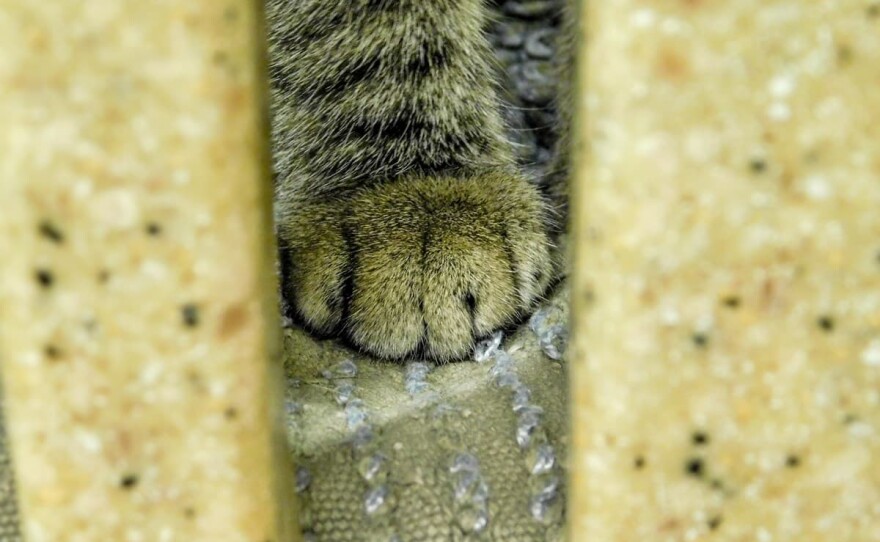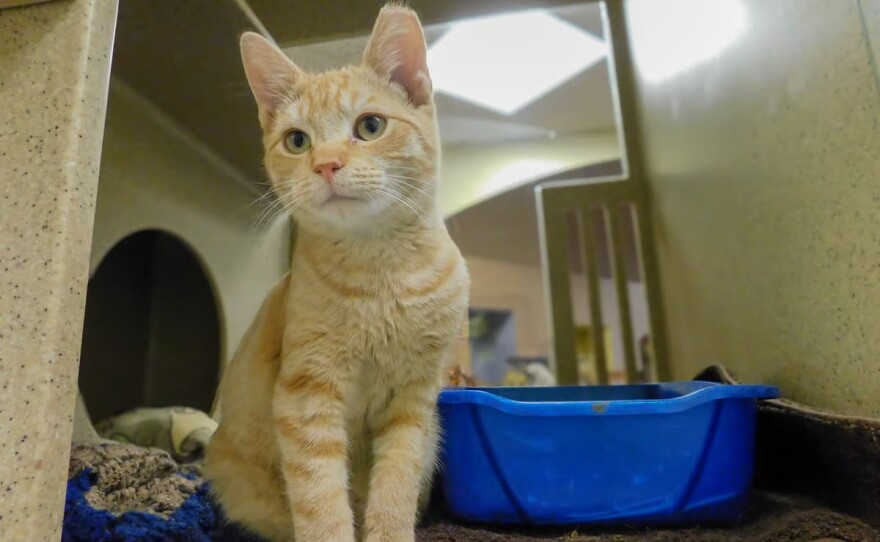On Oct. 9, Governor Gavin Newsom signed a bill that bans cats from being declawed statewide. Veterinarians can no longer declaw cats even if an owner wants the procedure to be done.
This also goes for the owner. The owner of a cat cannot perform this surgery on the cat whatsoever.
However, there is a statement in AB 867 that says a veterinarian can still declaw a cat if it is deemed medically necessary.
Stating, “... those procedures to be performed only for a therapeutic purpose, as defined, and would authorize the board to deny, revoke, or suspend a license or registration or assess a fine for performing those procedures for any reason other than a therapeutic purpose.”
What happens to a cat when it’s declawed?

There have been many studies on what happens to cats when they’re declawed. Dr. Tyler Baum of Broadway Veterinary Hospital on Broadway in Sacramento, California is against the surgery and explains the problem with this procedure for the cat going forward.
“It causes them to be in consistent pain and acute pain,” Baum said. “When taking away all that padding, you’re making the area substantially more sensitive because there’s not as much for them to walk on.”
A study in 2017 published in the National Library of Medicine explained the issues even further suggesting many cats begin to show signs of aggression or biting. This also includes lower back pain and the aversion to using the litterbox.
“They can get more uncomfortable and painful if they’re using their paws to try to play with things, move around, jump around etc.,” Baum said. “There’s not a whole lot that you can do which is the unfortunate part.”
How common is declawing?
While there is no possible way to know how many declawed cats there are, another study at the National Library of Medicine in 2014 suggested that 21% of cats seen by a vet in Raleigh, North Carolina were declawed.
In 1991, a study by the American Veterinarian Association estimated that 24.4% of pet cats in the US had been declawed.
These, of course, were some time ago and many vets and shelters are seeing less cats that have been declawed and are against the procedure.
“I went to UC Davis and the teaching there was to go away from that,” Baum said. “I know it was considered something that wasn’t really taught anyway because it was an outdated and unnecessary procedure.”
However, some vets still want the ability to perform the surgery.
The California Veterinarian Medical Association (CVMA) was opposed to the bill and submitted a statement as to why they should be able to perform the surgery:
“It would — if passed — have a far-reaching and precedential impact on a veterinarian's ability to practice veterinary medicine,” the CVMA said in the Assembly Floor Analysis on Sept. 9.
Front Street Animal Shelter says they don't have any cats that have been declawed in their Cattery Facility.
Front Street’s spokesperson Ryan Hinderman says he and the shelter support the bill and have advice for those who don’t know what to do:
“We encourage owners and adopters to seek alternative effective methods of satisfying their cats' natural need to scratch and use their claws,” Hinderman said. “Scratching posts and mats provide a surface that is often preferred by cats to furniture. If that doesn't solve the issue, keeping nails trimmed, using commercial scent deterrents on furniture, and positive reinforcement can also help.”
The law will go into effect on Jan. 1.






